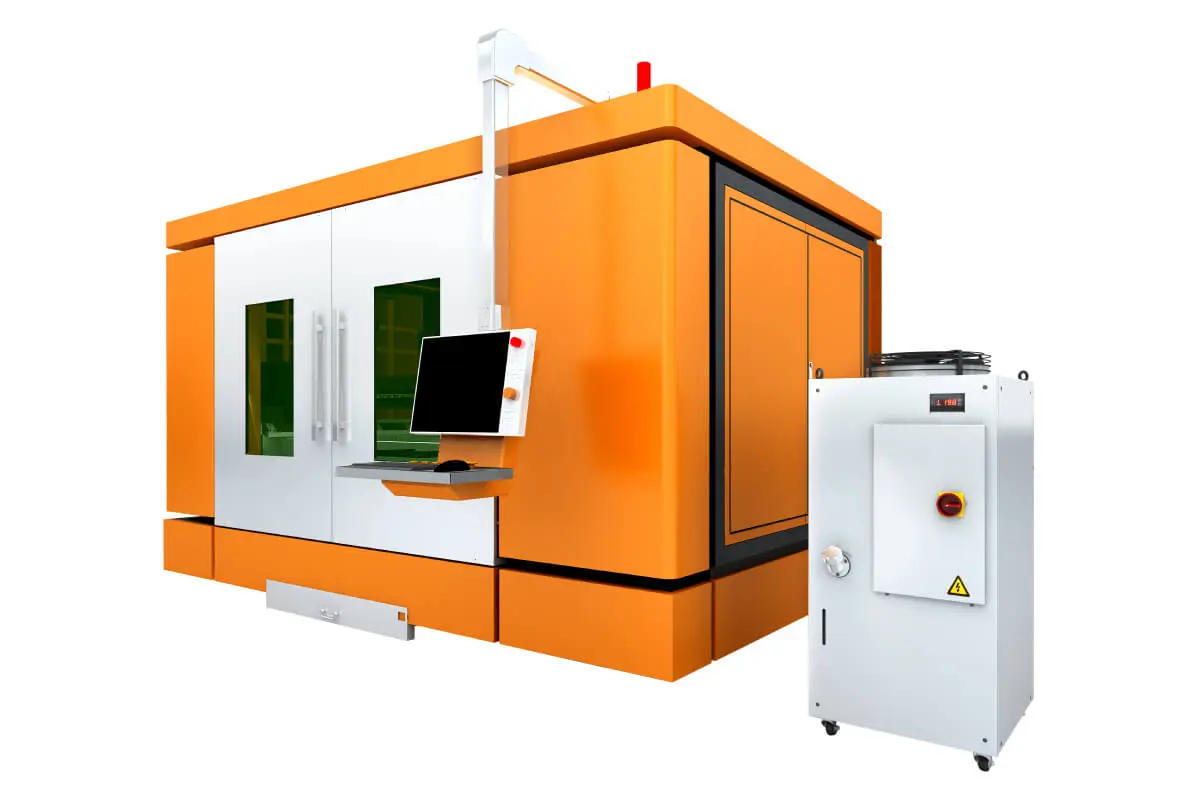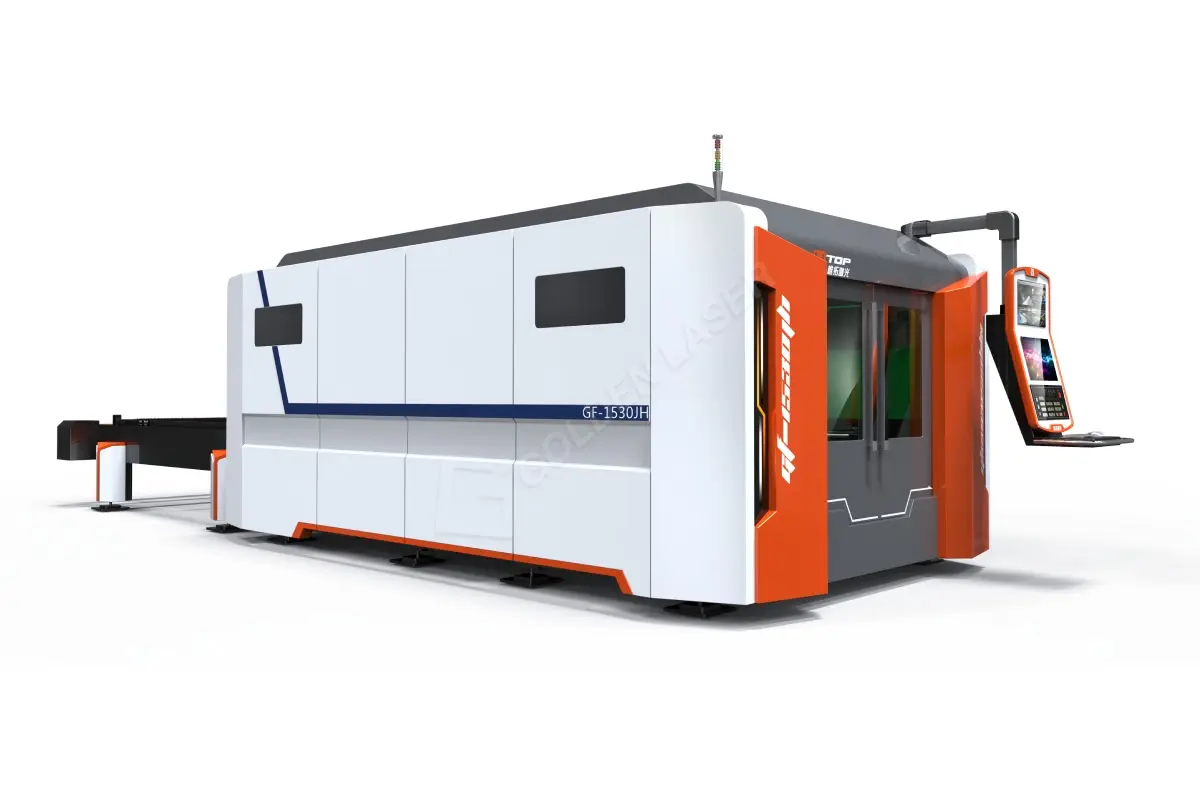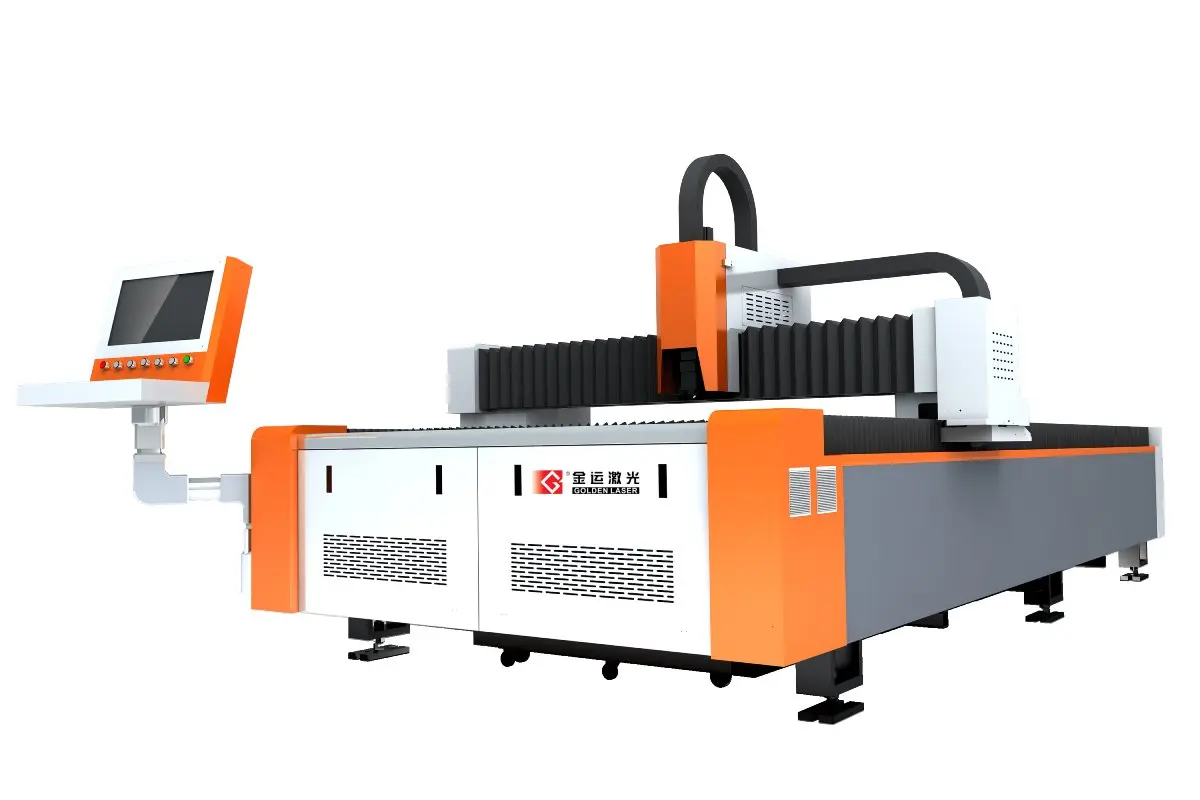****
CNC (Computer Numerical Control) machines have transformed the manufacturing landscape, enabling the precise fabrication of various materials, including metals like copper. As industries embrace automation and precision engineering, the need for efficient and accurate CNC machines specifically designed for working with copper has surged. This article explores the advantages of using CNC machines for copper, the various applications they have, and best practices to maximize their capabilities in metalworking.
Understanding CNC Machines and Their Functionality
CNC machines function by receiving input from a computer program that dictates the cutting path based on the design specifications provided by the user. This technology allows for high precision, repeatability, and the ability to produce complex geometries that would be nearly impossible to achieve manually. For copper—a malleable and conductive metal commonly used in electrical applications, plumbing, and various industrial components—CNC machining offers immense advantages.
Advantages of CNC Machining for Copper
1. **Precision and Accuracy**: CNC machines provide unmatched precision, allowing manufacturers to achieve tolerances of just a few microns. This is particularly vital in industries where even the slightest errors can lead to catastrophic failures.

The Ultimate Guide to CNC Machines for Copper: Advantages, Applications, and Best Practices for Precision Metalworking
2. **Enhanced Productivity**: CNC machines can operate continuously without fatigue, increasing production rates and optimizing workflow. They can also run multiple parts simultaneously, further enhancing productivity.
3. **Complex Designs**: With CNC machining, complex shapes can be fabricated, allowing for innovative designs that were not possible with traditional methods.
4. **Reduced Waste**: CNC machining often results in less waste material compared to manual machining. The efficiency of the cutting paths and the ability to nest parts closely can lead to significant material savings, an important consideration when working with copper.
5. **Consistency**: Once a design is programmed into the CNC machine, it can reproduce parts identically, ensuring consistency in mass production. This is critical in industries such as electronics, where uniformity is paramount.
Applications of CNC Machines in Copper Machining
CNC machines are employed in various industries where copper is a primary material:
1. **Electronics**: CNC machining is widely used for creating PCBs (Printed Circuit Boards) and various electronic components, where intricate patterns and precision are crucial.
2. **Plumbing and HVAC**: Copper fittings and pipes can be precisely machined to ensure leak-proof connections. CNC machines can create specialized connections that cater to specific applications.
3. **Automotive**: In the automotive industry, copper components are used in various systems, including braking and electrical systems. CNC machining ensures these parts are manufactured to stringent specs to guarantee safety and reliability.
4. **Art and Decoration**: Artists and designers utilize CNC machines to produce intricate copper sculptures and decorative elements, enjoying the versatility that CNC technology provides.
Best Practices for CNC Machining Copper

The Ultimate Guide to CNC Machines for Copper: Advantages, Applications, and Best Practices for Precision Metalworking
To maximize efficiency and maintain the longevity of CNC machines when working with copper, adhere to the following best practices:
1. **Proper Tool Selection**: Choosing the right tool material is crucial. High-speed steel (HSS) and carbide tools are widely recommended for copper machining, as they provide excellent durability and cutting performance.
2. **Feed Rates and Speeds**: Understanding the optimal feed rates and spindle speeds for machining copper is essential. Copper should be machined at relatively high speeds but with appropriate feed rates to prevent tool wear and ensure a smooth finish.
3. **Cooling and Lubrication**: Using coolant and lubrication is vital when machining copper, as it reduces friction and prevents overheating, which can damage both the tool and the workpiece.
4. **Regular Maintenance**: Keeping the CNC machine well-maintained will ensure it operates efficiently. Regular checks on the machine’s components, electronics, and cutting tools can prevent downtime and enhance productivity.
5. **Programming Optimization**: Taking the time to optimize CNC programs can lead to better machining results. This includes adjusting cutting paths, speeds, and ensuring the code runs smoothly.

The Ultimate Guide to CNC Machines for Copper: Advantages, Applications, and Best Practices for Precision Metalworking
Conclusion
CNC machines have revolutionized the way industries work with copper, providing enhanced precision, productivity, and versatility. As the demand for copper components grows, adapting CNC machines specifically for copper machining represents a significant opportunity for manufacturers to thrive in the competitive market. By understanding the advantages, applications, and best practices associated with CNC machining for copper, businesses can harness the full potential of this technology, thus paving the way for innovation and efficiency in their operations. Auto Focus Laser Machine



